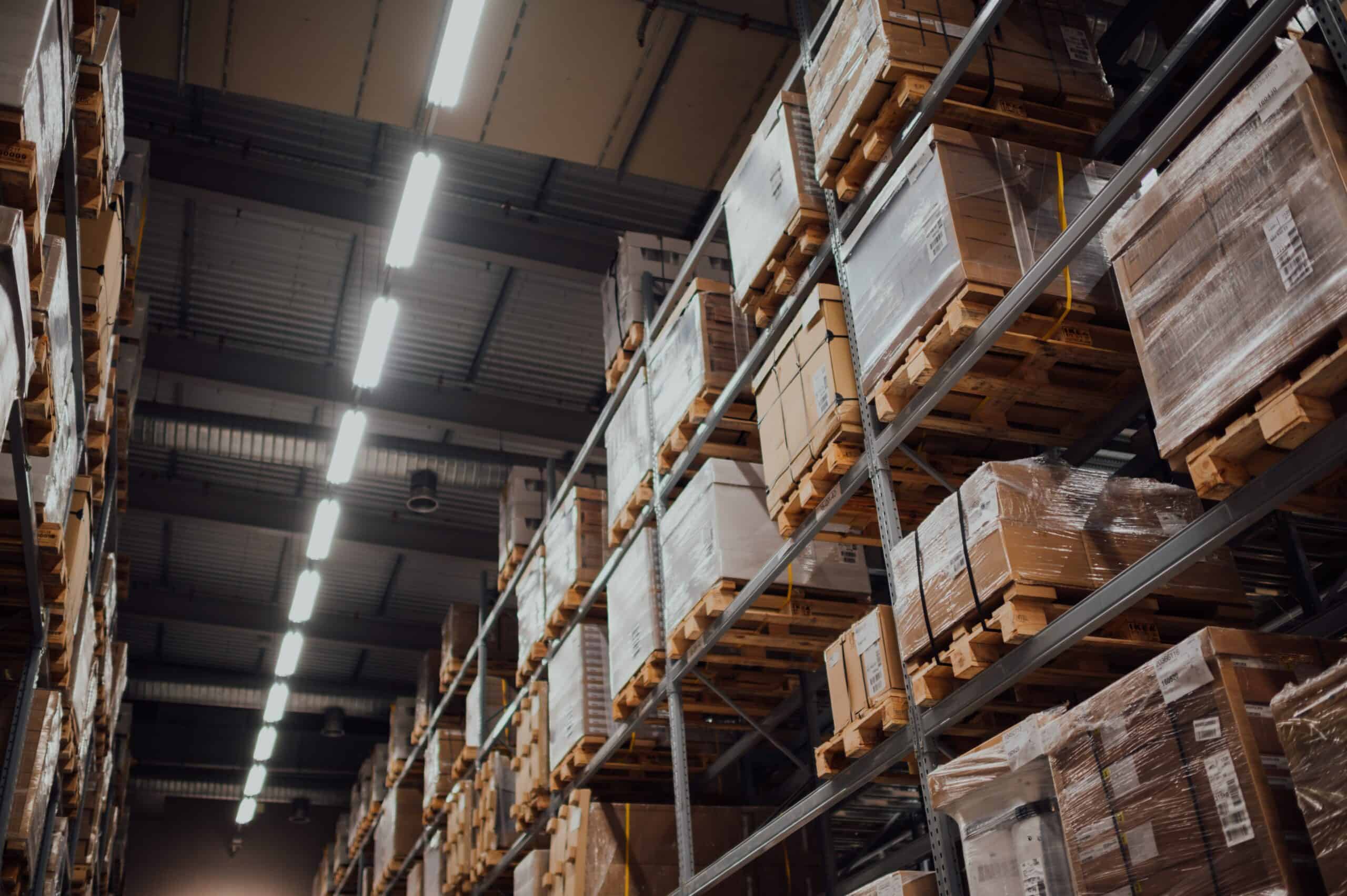As a shipper looking to move freight, it’s important to understand the role shipping lanes play in getting goods from one point to the next. You need to know what roads are approved for travel by the DOT as you move from state to state.
Shipping lanes also determine how much the carrier within the lane is paid. In this article, we’ll look at the different types of lanes and how they benefit carriers. To start, let’s examine how shipping lanes work.
How Do Shipping Lanes Work?
Also known as freight, carrier, or trucking lanes, shipping lanes connect numerous cities or transport hubs. These connections create routes shippers regularly use to transport goods throughout the country along highways, interstates, and DOT-approved roads.
Most shipping lanes are made up of several legs and vary in distance. Most times, the truck is empty for the first or last leg of the shipping lane. The term deadheaded refers to these empty trucks, and empty trucks cut into load profits. A good shipping lane is one where you can secure a load for each leg of the trip, but there will be times when that isn’t possible.
In those cases, it’s necessary to secure loads that will bring enough profit to offset the cost of a deadhead leg. But, when a shipping lane has fewer deadhead values, more freight is available to move, making it easier to find loads at each leg. Companies who need to get their goods on the road can rely on carrier routes to regularly pick up their merchandise for transport.
Owner-operators often set up shipping lanes in local areas and connect with a regional or national hub for a steady freight flow. Regional freight lanes typically connect with hubs along national routes to a wider reach. So, are shipping lanes different from trucking lanes or freight lanes? We’ll dive a bit deeper into the terms in the next section.
Are Shipping Lanes and Carrier Lanes the Same?
Carrier, freight, and trucking lanes are all interchangeable terms for shipping lanes. They are all references for the routes carriers routinely serve. These lanes eliminate waste for carriers and operators as using a shipping lane is more cost-effective than trying to serve anyone, anywhere. While the terms are interchangeable, the lanes have their differences, which we’ll explore next.
What Are the Different Trucking Lanes?
There are full and partial load trucking lanes that usually have daily, weekly, or monthly loads to deliver. Expedited trucking lanes are used for urgent or fast-tracked cargo that needs to make it to point B as quickly as possible.
There are very few to no stops along these routes, and the rates to ship items are often high. With expedited services, the shipper can pass the responsibility of shipment management on to the freight services provider.
Long-haul trucking lanes are often cross-country routes. A long haul means your goods could be on the road for weeks or even a month or more. Long-hauls are more expensive and use more time and fuel to transport cargo. However, the cost-per-mile for the load itself is cheaper.
Short-haul trucking lanes are very competitive and typically cover 100 miles or less. These are daily routes that often involve city streets with traffic delays and may require smaller vehicles to navigate the tight streets.
Now that we know the differences between the shipping lanes let’s see why they exist.
Why Are There Shipping Lanes?
A freight lane provides a steady and consistent schedule for shippers. These dedicated freight pickups bring stability and establish an agreement between the carrier and shipper to haul truckloads at a fixed price for a specific period. The cost-effectiveness and reduction of waste are just what shippers need to ensure they maximize profits.
When the trucks are on the road making their runs, safety regulations must be followed while using the shipping lanes. A government agency oversees these operations, and we’ll learn a little more about them in the next section.
Who Protects Shipping Lanes?
The Federal Motor Carrier Safety Administration (FMCSA) is a US Department of Transportation agency. The FMCSA develops and enforces the safety and efficiency guidelines of the trucking industry and keeps the shipping lanes safe. As long as you meet regulations, you can have your cargo added to a shipping lane.
How Do You Get Cargo in a Shipping Lane?
One way to get your cargo added to a shipping lane is to contact a freight broker. They have a network of carriers that can transport your goods and work out deals on your behalf since they have an established relationship with the carriers. There is a fee, of course, to have these middlemen add you to a freight lane.
If you’d rather leave the third party out of the mix and find carriers yourself, you can use a shipper load board. This online system will allow you to post loads with their pickup and drop-off locations, size, and other important information. Carriers who meet your requirements will then contact you for the job, and if it all works out, you can be added to their shipping lane map.
What Is the Largest Shipping Lane in the World?
The Pan-American highway spans 30,000 miles across North and South America. Drivers often face a number of weather-related obstacles when traveling this road.
There is also the English Channel which is said to be among the busiest shipping lanes in the world. It is a very critical part of the European shipping network. In the next section, we’ll go over some tips to keep in mind when shipping freight locally and internationally.
5 Freight Shipping Lanes Tips
Every shipper wants to ensure their goods will reach their destination undamaged and that improper paperwork won’t cause the items to be returned. Maximizing profits is the goal, and below are some tips to ensure you reach your objective.
Documentation
A few documents need to be filed with shipping goods overseas. These are the most common:
- Commercial and Proforma Invoices
- Certificate of Origin
- Operational Instructions
- Bills of Lading
- Packing List
- Incoterms
- Safety Data Sheet
- Shipping Under a Letter of Credit
It’s important to have each document ready if you’re shipping internationally, and keep in mind that you may need more documentation if you’re shipping specialty items. You are responsible for having this paperwork in order, but a good carrier can assist in making sure you have everything you need to get through customs.
Danger
Some things are beyond our control, and mother nature is one of them. Accidents are another. Any time your freight is in transit, it’s at risk of being damaged or lost.
Harsh weather conditions such as hurricanes or monsoons can completely wipe out your haul. Fires, collisions, and more can also cause huge losses, making cargo insurance necessary. Protecting your goods against loss or damage will save you time, money, and stress.
Additional Services
Freight forwarders offer several services like processing paperwork, staying on top of changing regulations in international trade, warehousing, negotiating rates, providing insurance, finding proper transportation methods, and more. Inquire with them and find out what options are available to you as a shipper. The right freight forwarder will be an asset to your company’s international shipping needs.
Restrictions
If an item can cause harm when handled in transit, it is likely on the restricted list. That doesn’t mean restricted items can’t be shipped at all. It just means special packaging, labeling, and transportation requirements must be met.
For example, hazardous materials cannot be packaged up and sent in a plain UPS box across the country. They must be correctly labeled, packaged, and sent in a vehicle with the proper temperature-controlled environment.
Other items, like medicinal marijuana, may be restricted from traveling particular shipping lanes due to its legality changing from state to state. You must be aware of any restrictions along your shipping lane and abide by the rules in place. Otherwise, your company can face very stiff penalties.
Air vs Ocean
Since weight plays a huge part in your shipping price, sending goods by air makes sense for small shipments that need to reach their destination quickly. But if you have a large amount of freight that needs to be sent internationally, sending it by sea can save you hundreds of dollars in shipping costs.
The rule of thumb for shipping by air is the cost should be less than 15% to 20% of the value of the goods. Airfreight is more reliable than ocean freight, but airlines have stricter policies when it comes to shipping hazardous materials.
Ocean freight definitely gives you more capacity for the value. However, on top of the long trip across the sea, you may experience more delays once the container reaches the port. Customs and a lack of workers to unload the container quickly are just two examples of hold-ups you may encounter.
Advantages of Shipping Lanes
Being a leg on the shipping lane map is beneficial as you won’t have to worry about finding a carrier each time you are ready to transport goods. Consistent carriers know the roads they travel very well and the shortcuts they can take to move your goods quickly. Overall, shipping lanes help your operations run smoothly and optimize the supply chain for you.
Shipping Lanes Aren’t Just For Ships Anymore
There was a point in our history when shipping lanes only referred to routes ships took to move freight from one point to another. In today’s times, the definition has expanded and includes the routes used by carriers to haul loads locally, regionally, nationally, and internationally. They are a crucial part of the supply chain for shippers and carriers who work together to ensure hauls reach their destinations safely.


